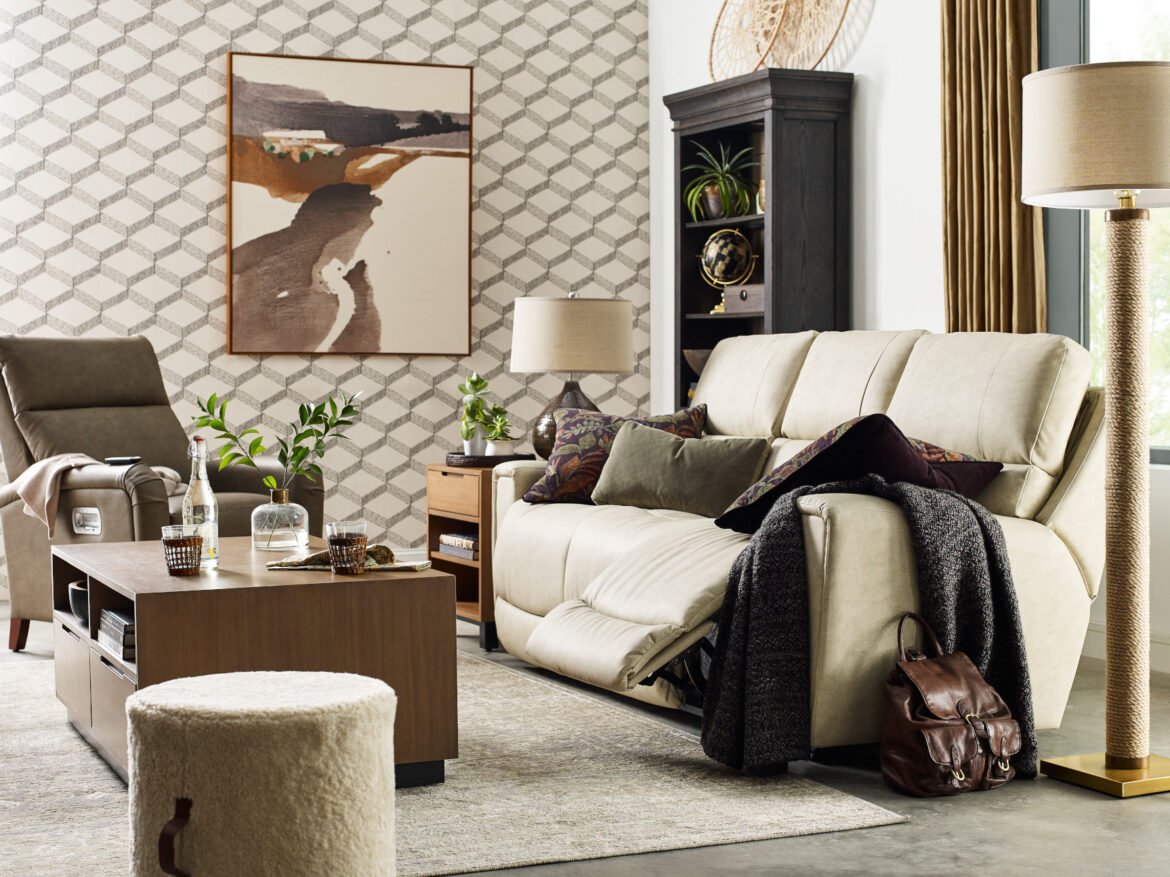Your cart is currently empty!
Mixing Textures in Interior Design

Why Texture Is Essential
In interior design, texture adds dimension where color alone falls flat. It creates warmth, depth, and a tactile experience that makes a space feel alive.
How to Mix Textures Successfully
- Pair Opposites: Smooth marble with rustic wood.
- Layer Soft and Hard: Linen curtains beside metal fixtures.
- Repeat Elements: Use a texture in small touches throughout a room.
Examples of Texture in Design
- Living Room: Velvet cushions, woven baskets, and glass accents.
- Bedroom: Cotton sheets, wool throws, and a leather headboard.
- Kitchen: Matte cabinets, stone counters, and brushed brass hardware.
Final Thought
Texture is the secret ingredient that transforms a space from flat to dynamic. By layering materials thoughtfully, you create interiors that are both stylish and inviting.
